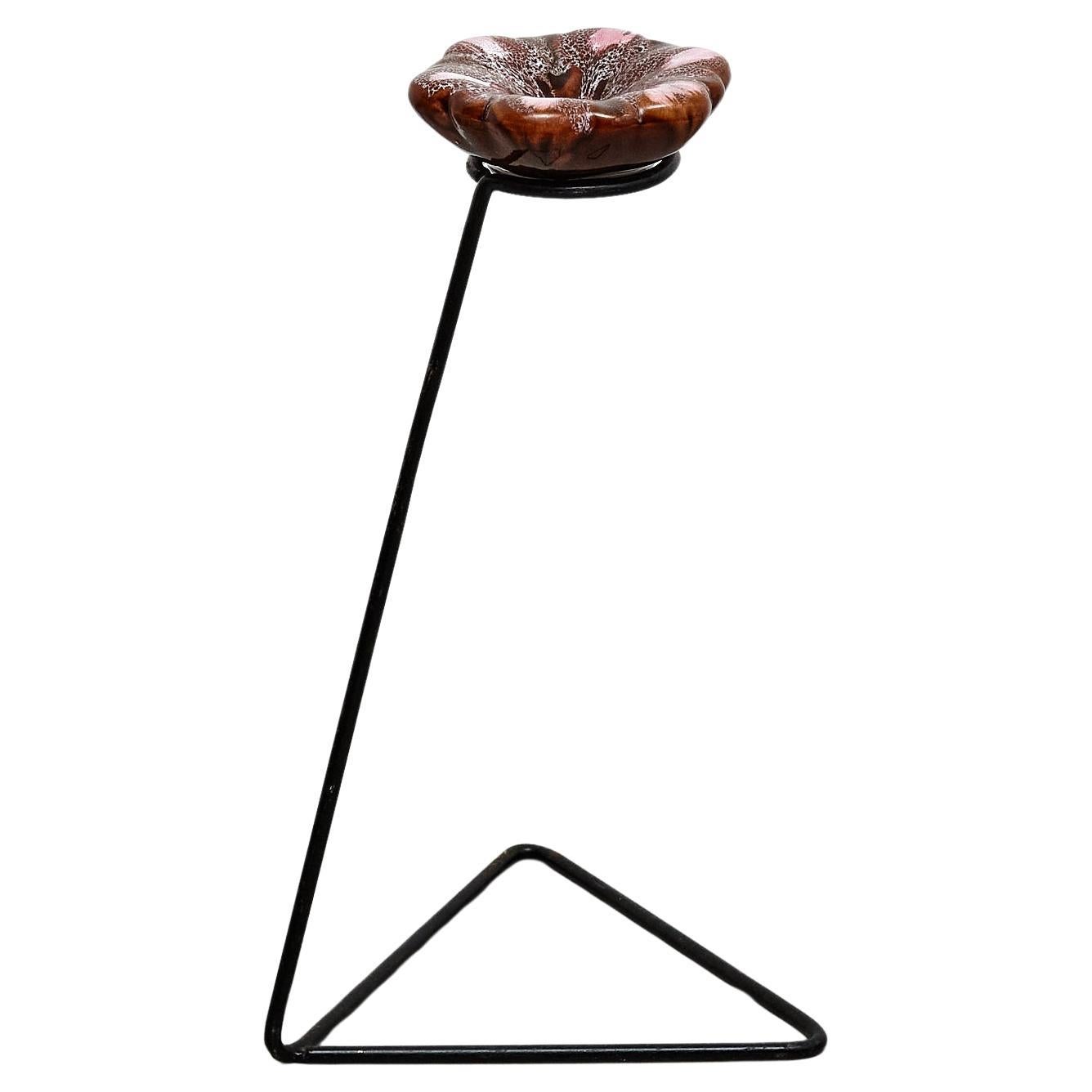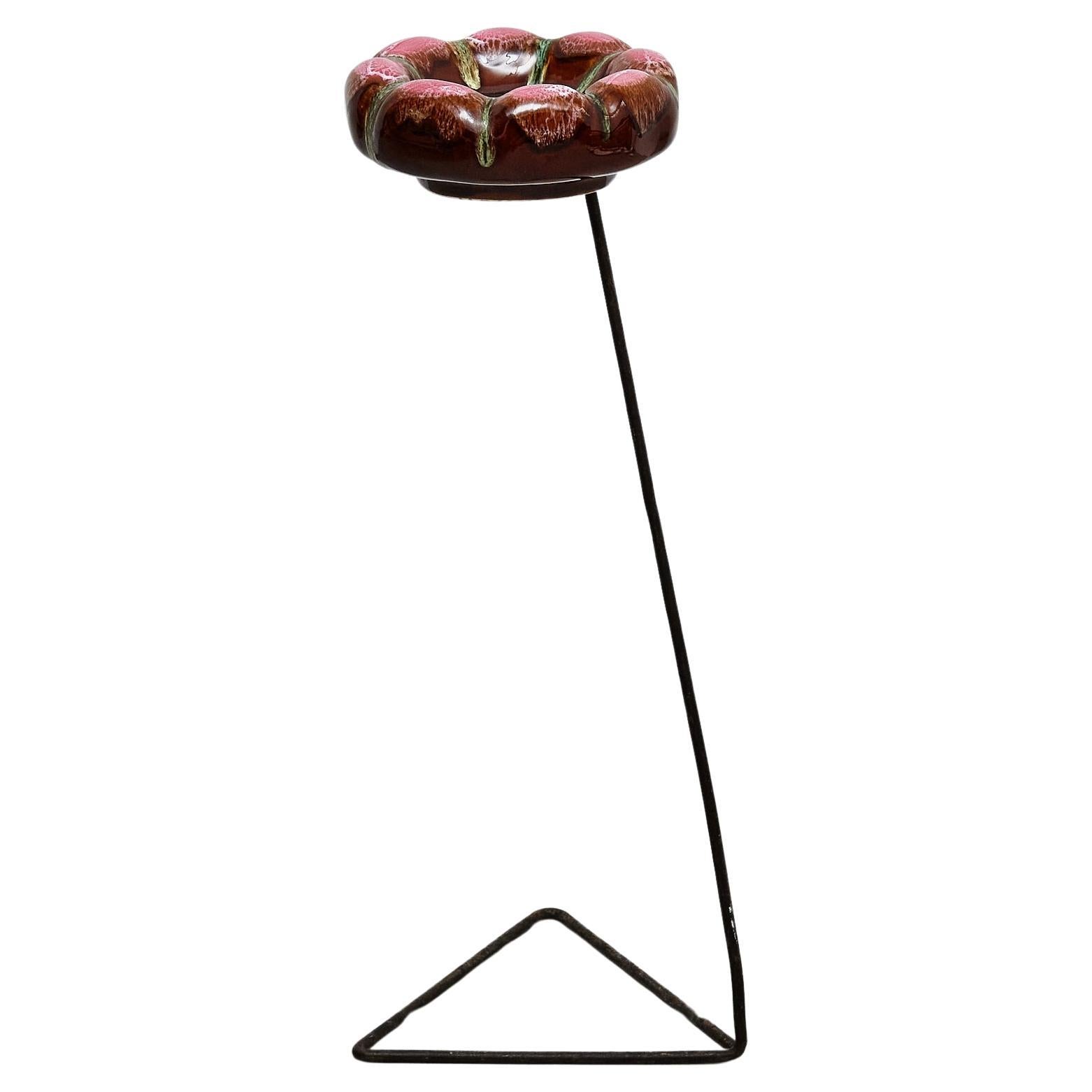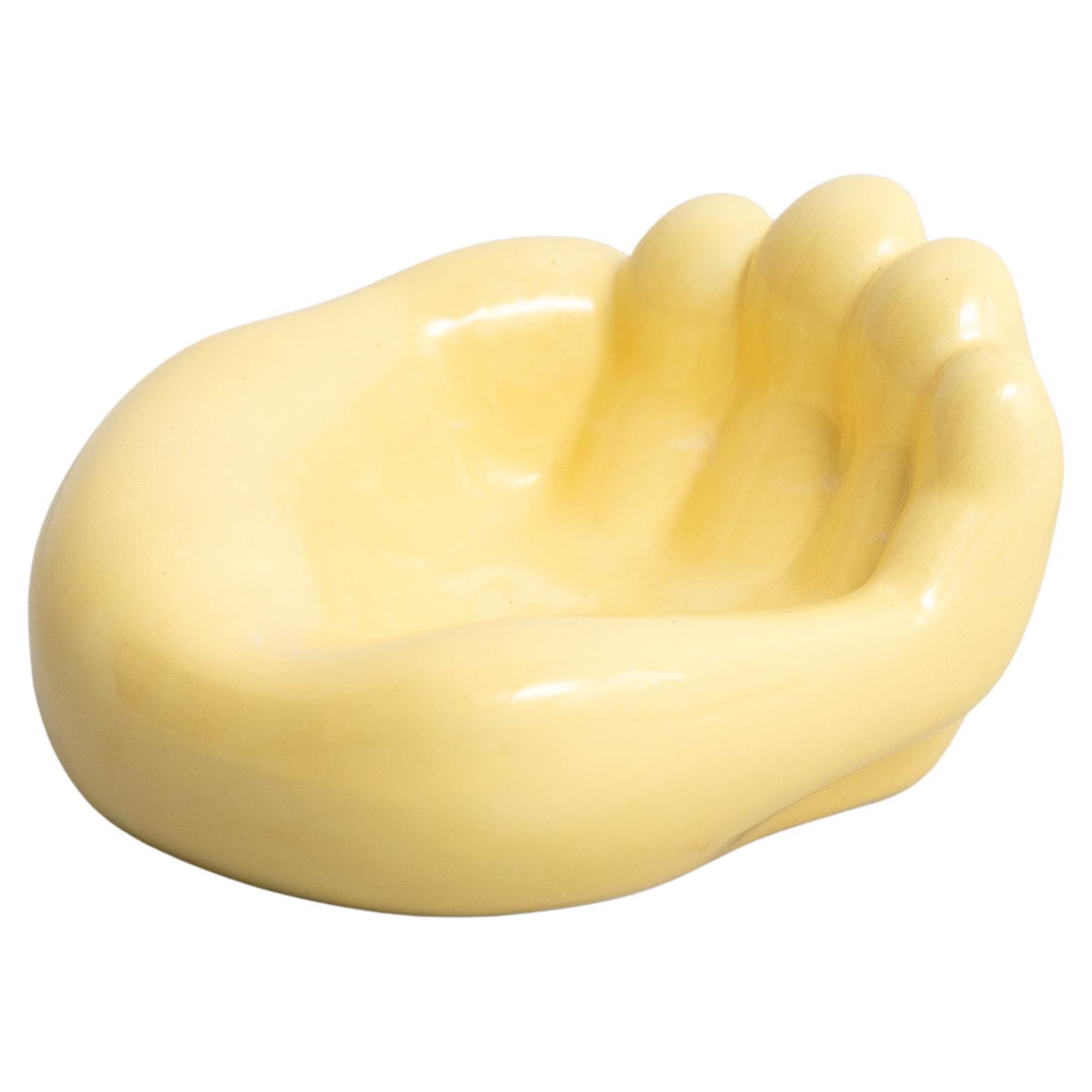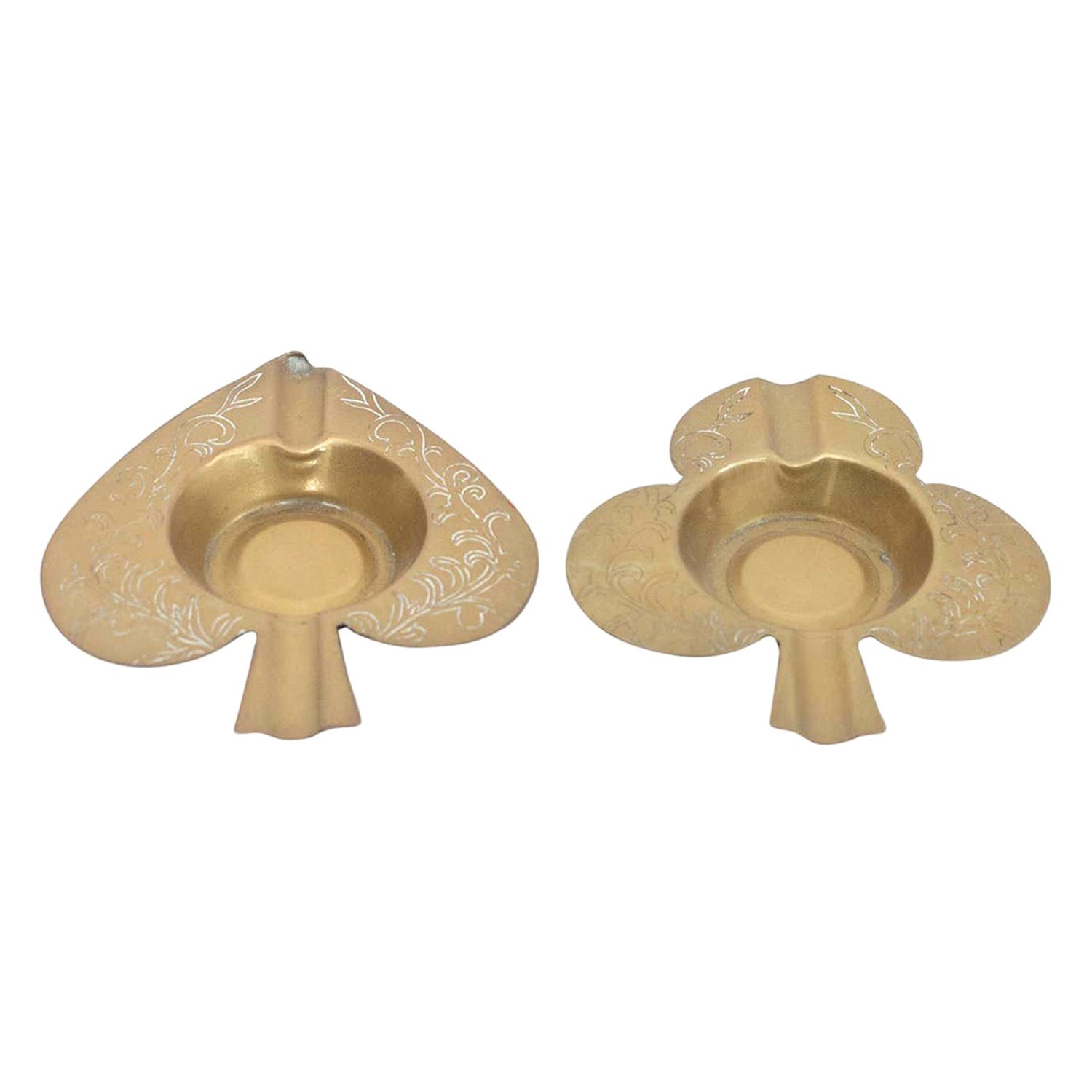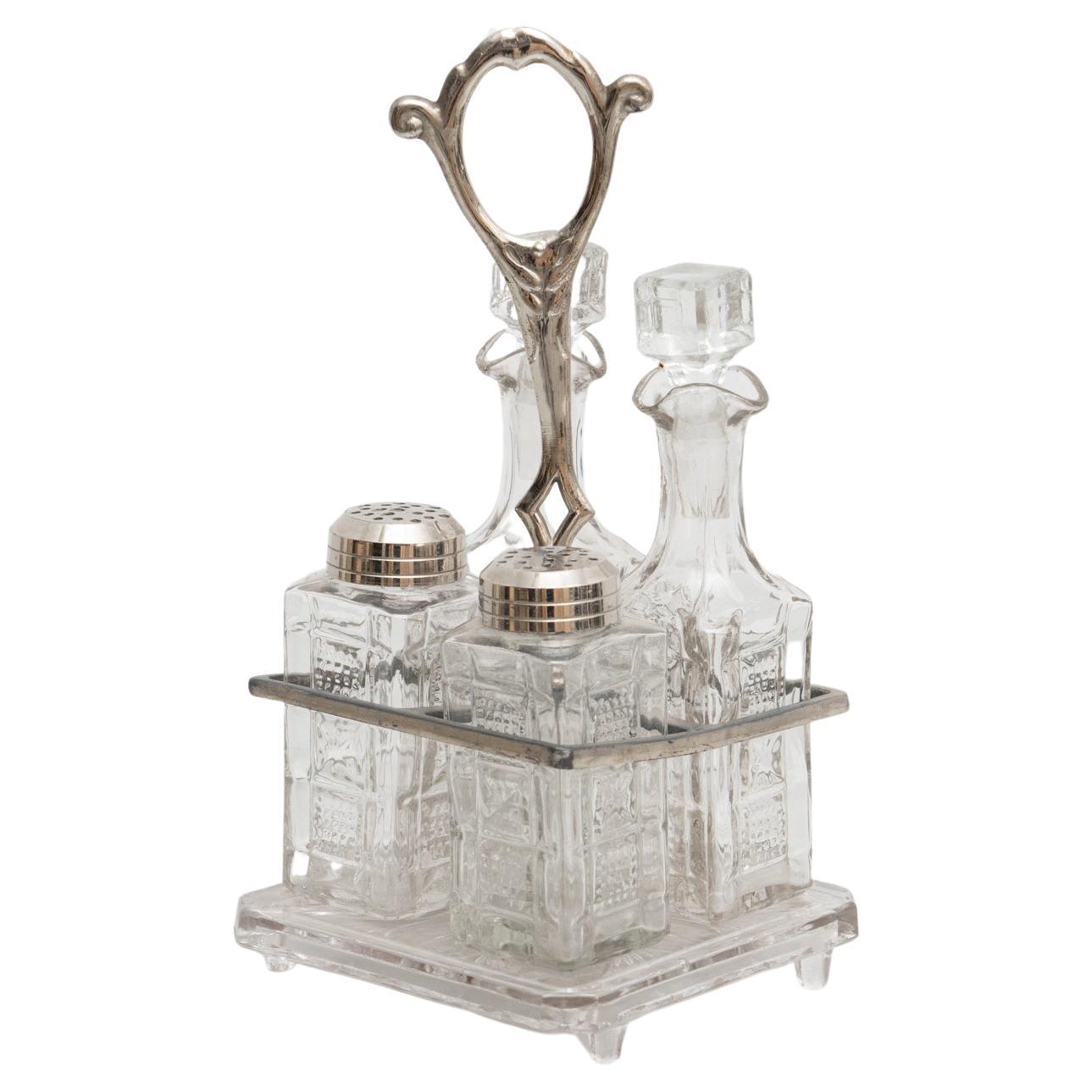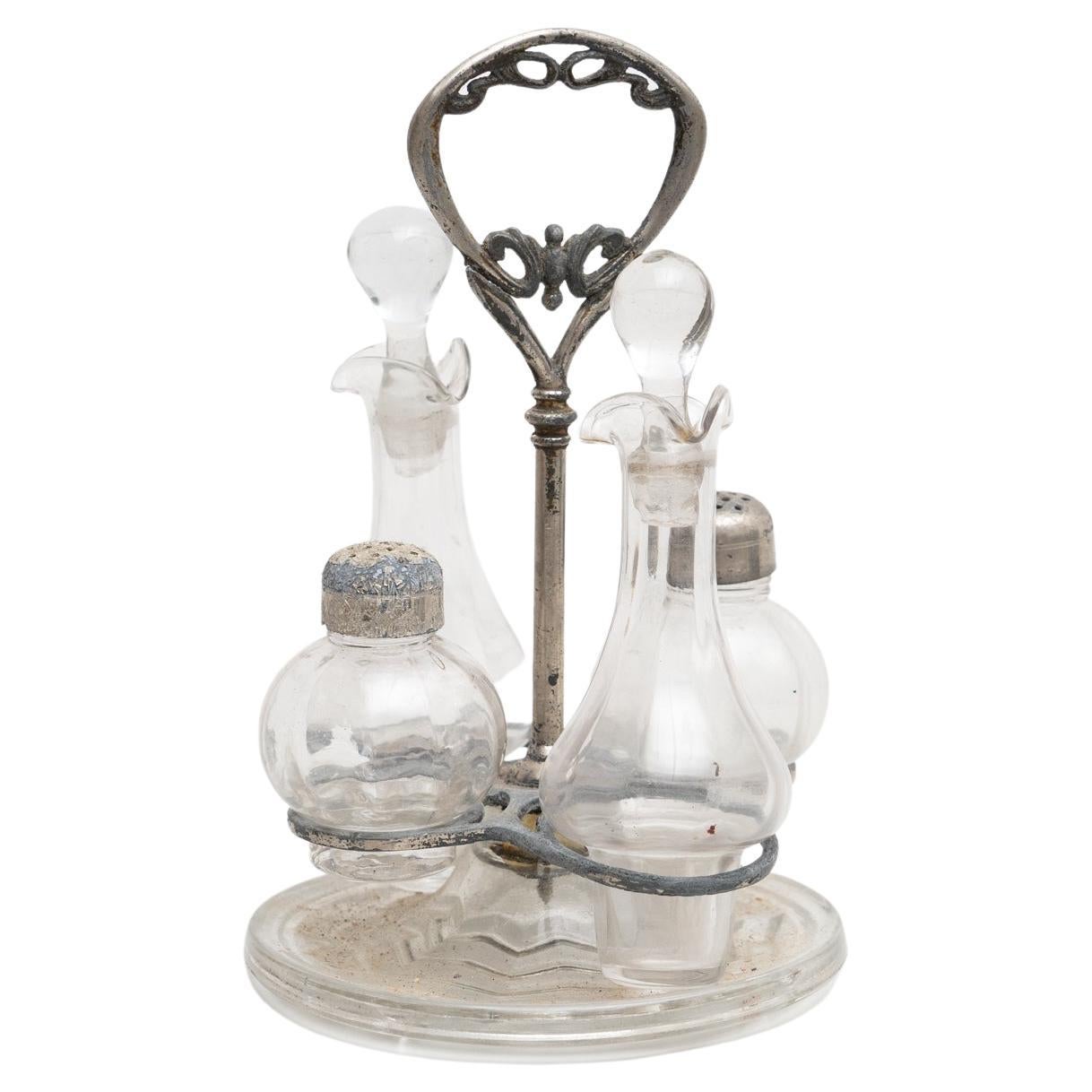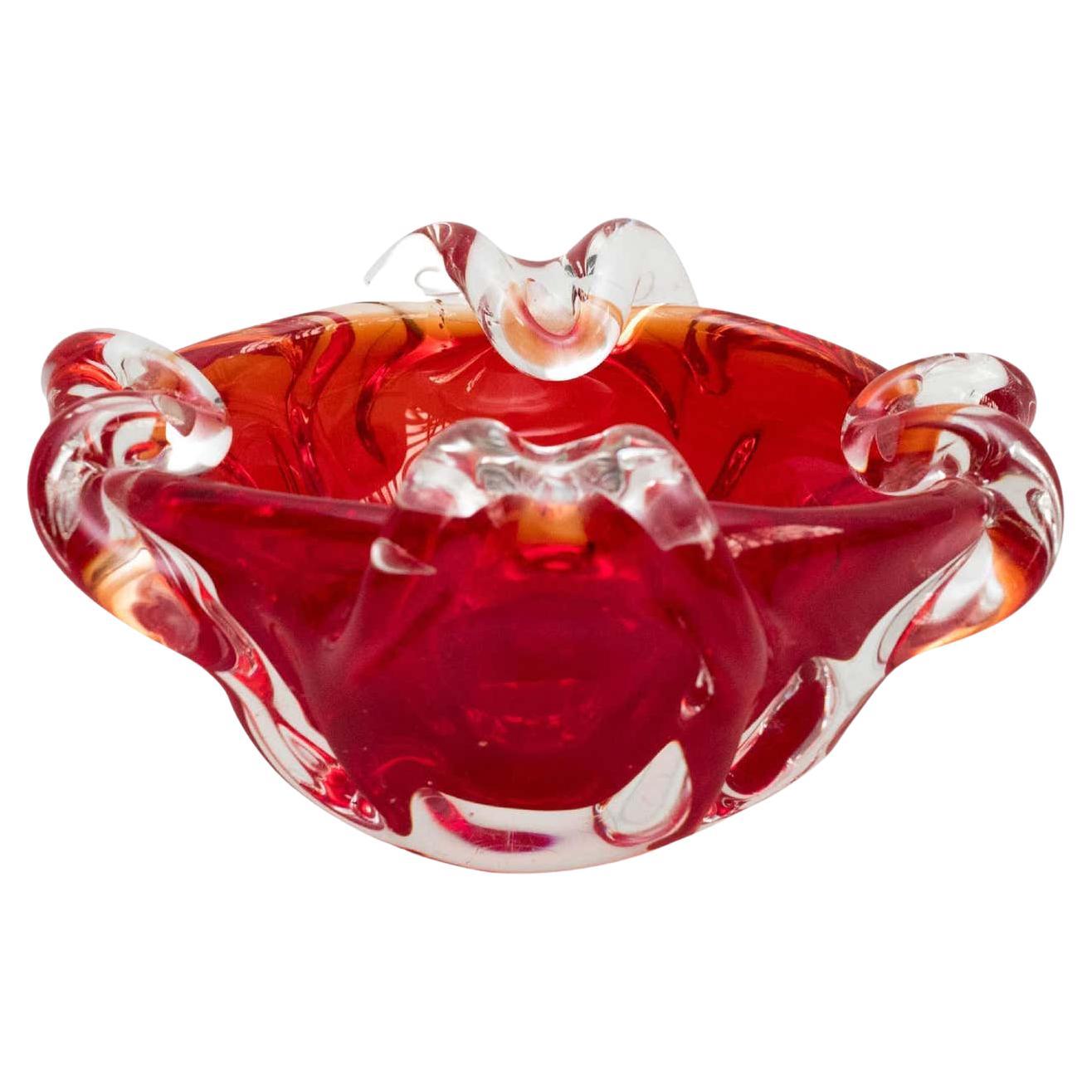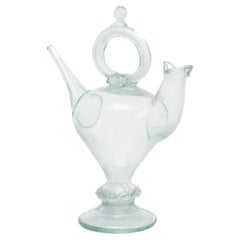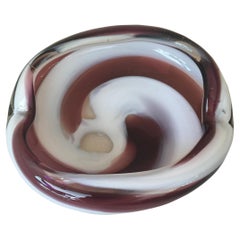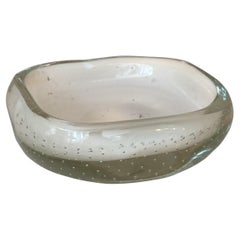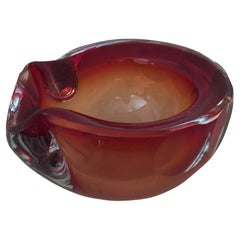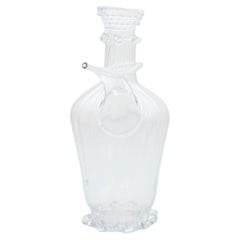
Glass Jug, circa 1930
View Similar Items
Want more images or videos?
Request additional images or videos from the seller
1 of 13
Auction endedBrowse Current Auctions
Glass Jug, circa 1930
About the Item
- Dimensions:Height: 7.88 in (20 cm)Width: 6.3 in (16 cm)Depth: 3.55 in (9 cm)
- Style:Mid-Century Modern (In the Style Of)
- Materials and Techniques:
- Place of Origin:
- Period:
- Date of Manufacture:circa 1930
- Condition:Wear consistent with age and use.
- Seller Location:Barcelona, ES
- Reference Number:Seller: MG.GLASSVASE.1A.AR.SL.0002591stDibs: LU1427226939372
About the Seller
4.9
Vetted Seller
These experienced sellers undergo a comprehensive evaluation by our team of in-house experts.
Established in 2015
1stDibs seller since 2015
1,635 sales on 1stDibs
Typical response time: 4 hours
More From This SellerView All
- Traditional Catalan Blown Glass Vase, circa 1930Located in Barcelona, BarcelonaTraditional Catalan blown glass vase, circa 1930 Manufactured in Spain. In original condition, with minor wear consistent of age and use, preserving a beautiful patina. Mater...Category
Vintage 1930s Spanish Mid-Century Modern Centerpieces
MaterialsGlass
- Murano Glass Vase, circa 1970Located in Barcelona, BarcelonaMurano glass vase, circa 1970 Manufactured in Italy. In original condition, with minor wear consistent of age and use, preserving a beautiful patina. Material: Glass Dimen...Category
Vintage 1970s Italian Mid-Century Modern Centerpieces
MaterialsGlass
- Murano Glass Vase, circa 1970Located in Barcelona, BarcelonaMurano glass vase, circa 1970 Manufactured in Italy. In original condition, with minor wear consistent of age and use, preserving a beautiful patina.Category
Vintage 1970s Italian Mid-Century Modern Centerpieces
MaterialsGlass
- Red Murano Glass Ashtray, circa 1970Located in Barcelona, BarcelonaRed murano glass ashtray, circa 1970 Manufactured in Italy. In original condition, with minor wear consistent of age and use, preserving a...Category
Vintage 1970s Italian Mid-Century Modern Centerpieces
MaterialsGlass
- Green Murano Glass Vase, circa 1970Located in Barcelona, BarcelonaGreen murano glass vase, circa 1970 Manufactured in Italy. In original condition, with minor wear consistent of age and use, preserving a ...Category
Vintage 1970s Italian Mid-Century Modern Centerpieces
MaterialsMetal
- Catalan Glass Cruet Set, circa 1940Located in Barcelona, BarcelonaCatalan metal and glass cruet set. Manufactured in Spain, circa 1940 In original condition, with minor wear consistent of age and use, preserving a...Category
Vintage 1940s Spanish Mid-Century Modern Centerpieces
MaterialsMetal
You May Also Like
- Murano, 1930, Italian.Located in Ciudad Autónoma Buenos Aires, CMurano We have specialized in the sale of Art Deco and Art Nouveau and Vintage styles since 1982. If you have any questions we are at your disposal. Pushing the button that reads 'V...Category
Vintage 1930s Italian Art Deco Ashtrays
MaterialsMurano Glass
$4,600 - Murano, 1930, Italian.Located in Ciudad Autónoma Buenos Aires, CMurano We have specialized in the sale of Art Deco and Art Nouveau and Vintage styles since 1982. If you have any questions we are at your disposal. Pushing the button that reads 'V...Category
Vintage 1930s Italian Art Deco Ashtrays
MaterialsMurano Glass
$1,825 - Murano, 1930, ItalianLocated in Ciudad Autónoma Buenos Aires, CMurano We have specialized in the sale of Art Deco and Art Nouveau and Vintage styles since 1982. If you have any questions we are at your disposal. Pushing the button that reads 'V...Category
Vintage 1930s Italian Art Deco Centerpieces
MaterialsMurano Glass
$1,750 - Murano, 1930, ItalianLocated in Ciudad Autónoma Buenos Aires, CMurano We have specialized in the sale of Art Deco and Art Nouveau and Vintage styles since 1982. If you have any questions we are at your disposal. Pushing the button that reads 'Vi...Category
Vintage 1930s Italian Art Deco Centerpieces
MaterialsMurano Glass
$2,750 - Murano 1930, Italian, Technical AvventurinaLocated in Ciudad Autónoma Buenos Aires, CMurano. With silver applications. We have specialized in the sale of Art Deco and Art Nouveau and Vintage styles since 1982. If you have any questions we are at your disposal. Pushing the button that reads 'View All From Seller'. And you can see more objects to the style for sale. Technical Avventurina : Avventurina is a Murano glass-making technique developed on Murano island in the 17th century. I was first mentioned in a document dating from 1614 as "a kind of stone with gilt stars inside", at which point it already mesmerized people with the unusual and attractive look. The technique owes its name to the fact that its discovery happened by chance thanks to a lucky coincidence, when a glass artisan is said to have accidentally dropped some metal shavings into the glass mixture. Italians say it happened "all'avventura", which in Italian means "by chance". The first documented recipe for the technique dates from 1644, when Murano master glassmaker Giovanni Darduin described how Avventurina glass should be created. The recipe involves adding various metal oxides such as copper and iron to the hot glass mixture, which will cause tiny particles of the metals to crystallize as the glass mixture cools off. Complicating the process, for such crystallization to occur the furnace had to get fully extinguished, and the metal particles would slowly separate from the glass base over a few days during the natural cooling of the glass. This was a very difficult process from a logistical perspective, since every time a glass furnace got extinguished it caused work to be paused, and re-igniting it was quite a big process, as it took time to fully heat it to the desired temperature. As industrial revolution set foot on Murano in the nineteenth century, the process got a remake. Large volumes of fine Avventurina paste were made and then skillfully stretched into glass canes, which were then re-melted for jewelry-making under a small flame, or for glass blowing. This Avventurina paste received worldwide acclaim and re-ignited the fame of Murano Glass workshops due to its use in Salviati mosaics...Category
Vintage 1930s Italian Art Deco Centerpieces
MaterialsSilver, Gold
- Murano, Italian, Attributed to, Seguso, 1930By Barovier Seguso & FerroLocated in Ciudad Autónoma Buenos Aires, CMurano We have specialized in the sale of Art Deco and Art Nouveau and Vintage styles since 1982. If you have any questions we are at your disposal. Pushing the button that reads 'View All From Seller'. And you can see more objects to the style for sale. The history of "Seguso Vetri D' Arte" is directly linked to the "Vetreria Artistica Barovier" company. When the Barovier workshop was forced to reduce production in 1929, due to a financial crisis in America, the original group of ten partners had to separate and Antonio Seguso in 1931, assisted by his sons Ernesto and Archimede opened a small workshop of his own. They were joined by Luigi Olimpio Ferro and Napoleone Barovier the following year. Together the craftsmen establish the "Artistica Soffieria e Vetreria Barovier Seguso & Ferro" company as equal partners. In 1934 Flavio Poli joins the firm as artistic director and within only a brief period of time a distinct style of designs emerged. The close collaboration between Flavio Poli, Archimede Seguso and Alfredo Barbini played an important part in the success of the company. New glass techniques are developed which include never before seen color applications. The companies innovative designs constantly received awards and during the 1935 World Fair in Brussels and the 1936 Milan Triennale they did attract the interest of a new group of clientele. One of them is the French wholesale company "Veronese" from Paris which would play a defining role in the history of the company. The demand for an increase in production requires additional investments and the partners felt that there is a need to multiply their investment tenfold. Luigi Olimpio Ferro subsequently decided to withdraw from the company and his shares are acquired by Flavio Poli, which makes him a full partner. As a result, the company name is changed to Seguso Vetri D’ Arte and it is officially recognized in 1937. A period of great success and prosperity ensues, lasting until the outbreak of World War II. The post war period is a time of great change in Europe and the rebuilding of the economical structure in Italy requires major investments which result in the introduction of new import duties and taxes. To safeguard the copyright of the Seguso Vetri D'Arte designs an application for a second entry into the commercial registers of Venice is made by the partners in 1945. Strict export regulations curb international business relations for many years after the war and the company decides to focus on the domestic market instead. In 1946 a large retail location is opened at the Piazza Diaz in Milan where in addition to the art glass, German porcelain and Italian pottery is offered. In 1950 Flavio Poli develops a new sommerso glass technique, which consists of an overlaying of transparent layers of glass. The overlapping creates new shades of color which prior to the introduction of this technique had not been seen. Flavio Poli's most iconic design is the "Valve", which resembles an upright, slightly opened clam shell. The design was introduced in 1951. Mario Pinzoni joins the company in 1953 as a personal assistant to Flavio Poli and his responsibilities as a draftsman included the compilation of archival and the existing production drawing s...Category
Vintage 1930s Italian Art Deco Ashtrays
MaterialsMurano Glass
Recently Viewed
View AllMore Ways To Browse
Jug And Glasses
Glass Jugs
Glass Jug
Glasses And Jug
Jug Glass Silver
Glass And Silver Jugs
Vintage Jug Jugs
Jugs Vintage
Vintage Jug And Glasses
Jug And Glasses Mid Century
Mid Century Glass Jug
Spain Jug
Spanish Jugs
Antique Glass Flower Arrangements
Large Centerpiece Green
Victorian Glass Centerpieces
Centerpiece Art Glass In Blue
Tall Centerpieces
